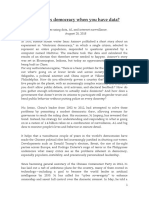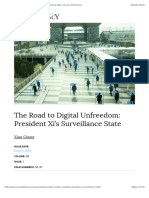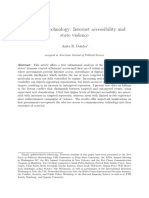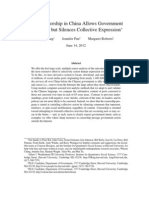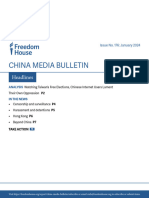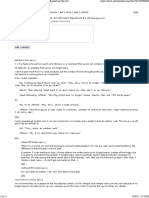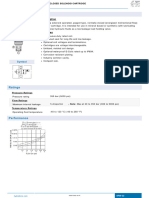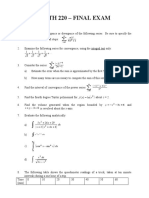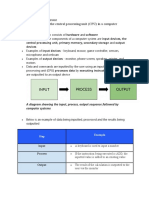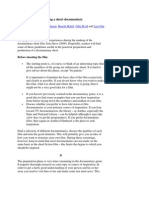0% found this document useful (0 votes)
10 views7 pagesWriting Plan.
The document outlines a writing plan for a research paper examining China's use of digital surveillance as a tool for political repression under Xi Jinping's regime. It discusses the implications of China's digital authoritarianism on freedom of expression, activism, and global governance, emphasizing the need for multi-level resistance strategies. The paper will analyze the theoretical frameworks of surveillance and control, propose practical responses, and highlight the global consequences of China's digital model.
Uploaded by
asmae04lahrichiCopyright
© © All Rights Reserved
We take content rights seriously. If you suspect this is your content, claim it here.
Available Formats
Download as DOCX, PDF, TXT or read online on Scribd
0% found this document useful (0 votes)
10 views7 pagesWriting Plan.
The document outlines a writing plan for a research paper examining China's use of digital surveillance as a tool for political repression under Xi Jinping's regime. It discusses the implications of China's digital authoritarianism on freedom of expression, activism, and global governance, emphasizing the need for multi-level resistance strategies. The paper will analyze the theoretical frameworks of surveillance and control, propose practical responses, and highlight the global consequences of China's digital model.
Uploaded by
asmae04lahrichiCopyright
© © All Rights Reserved
We take content rights seriously. If you suspect this is your content, claim it here.
Available Formats
Download as DOCX, PDF, TXT or read online on Scribd
/ 7














